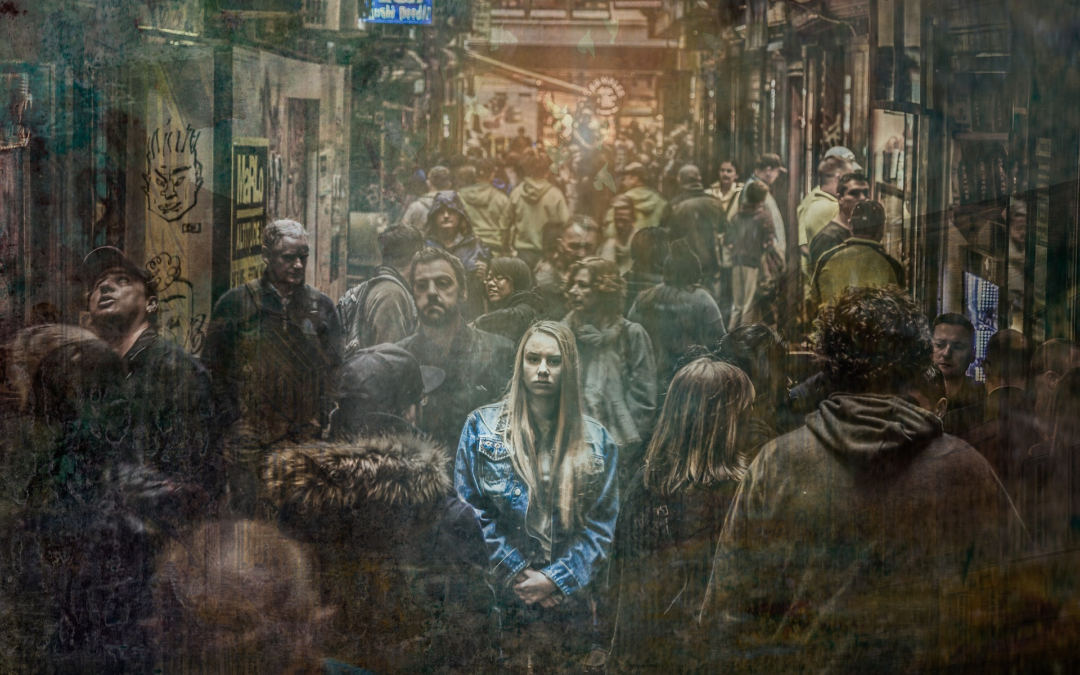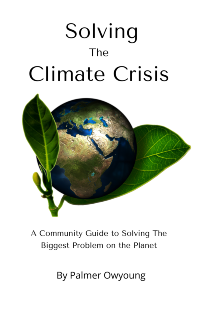You might think that humans are innately wired to be happy but our brains are not wired to make us happy. They are wired to keep us alive so that we can reproduce. So, we are often oblivious as to what will make us happy. So we chase moments of fleeting pleasure as a substitute.
We live in a modern world full of conveniences in which food, information, sex, drugs, booze, and entertainment, are available at the click of a few buttons, but Americans are less happy than they ever have been.
In the United States, over 44% of college students reported symptoms of depression and 15% reported being suicidal. In 2022 U.S. suicides hit an all-time high of 50,000 in a year. Globally, suicide remains one of the leading causes of death and kills more people every year than HIV, malaria, breast cancer, war and homicide. In 2019, over 700,000 people died by suicide. Alcohol and drug abuse are also on the rise in the US.
It’s clear that despite all of our modern conveniences and technology, we are doing something wrong. We have all these misconceptions of what will bring us happiness, like wealth, accomplishments, beauty, a better body, good food, fame, a bigger car, a nicer house, the latest gadget, or the admiration of others. While all of those things can bring us moments of pleasure and joy, they don’t bring us the long-lasting happiness that we crave.
So why is society so unhappy and what can we do about it?
Drugs and Alcohol
Two of the most socially acceptable ways of dealing with stress are drinking and using prescription drugs. This means we rarely develop the healthy tools necessary to deal with stress. It’s only in recent years that young people have been eschewing alcohol in favor of becoming “sober curious,” but opioid deaths are still hitting all-time highs each year that passes. In 2022, 109,680 people died, more than car crashes and gun deaths combined, fueled by the proliferation of the synthetic opioid fentanyl.
So, skills like meditation, deep breathing, and yoga need to be taught in schools from an early age to give us other means of dealing with the emotional pain that is an inherent part of life.
Increasing Social and Economic Inequality
Social and economic inequality has been on the rise globally for decades, affecting over two-thirds of the world. In the U.S. the top 1% own about 16 times the assets that the bottom 50% does. According to economist Thomas Pinketty, globally the world’s richest 1% has taken more than a third of all additional wealth accumulated since 1995, while the bottom 50% captured just 2%.
The system makes already wealthy people wealthier by design, and this compounds, since they can pass the assets down through subsequent generations.
Inflation
The wealth gap is bad enough, but add increases in the cost of living with stagnating wages and it’s a recipe for depression. For example, the cost of homes in the United States has outpaced wage growth over the past decade. According to the Federal Finance Housing Agency, home prices rose 74% from 2010 to 2022. The average wage rose only 54% during the same time. In the U.S., the house price to income ratio in the first quarter of 2022 amounted to 135.2, so house price growth has outpaced income growth by over 35 percent since 2015.
The cost of food has also risen by 20.4% between 2018-2022, according to the United States Department of Agriculture (USDA),
So how do we solve this? One way is a wealth tax, according to an Oxfam study called Taxing Extreme Wealth, The study found applying a 2% to people who have $5 million or more, 3% to those who have $50 million or more, and 5% to those who have over $1 billion would raise $2.52 trillion per year in revenue. This would be enough to lift 2.3 billion out of poverty, provide vaccines to the world, and provide some level of global health and social welfare.
Loss of Connections and Community
Despite having more connections to one another in cyberspace through social media, we are becoming less connected in the real world. So much so that the U.S. Surgeon General recently declared loneliness an epidemic.
This lack of real-world connections is also leading us to have less sex than we did 20 years ago. This is especially true of men, who are often turning to online pornography and its idealized images of women, rather than having genuine relationships.
Experts say that having less sex can damage our sense of well-being and a lack of social interaction can make it more difficult to have future relationships.
This lack of social interaction in the real world is also contributing to our loss of community and our sense of belonging in the world.
While some of us chase fame and adoration from strangers as a recipe for happiness, study after study tells us that true happiness comes from the connection and belonging that you can get from being part of a community. However, for a variety of reasons, communities are becoming more fragmented and most Americans say they only know a few of their neighbors.
So what we can do about this? One solution is to turn our communities into Blue Zones. These are five regions around the world that have disproportionate numbers of centenarians (people over 100 years old). Two of the common characteristics Blue Zones possess are that they walk a lot, and they have a strong sense of community with tight social bonds.
To encourage Blue Zones, the author of the book has created Blue Zones Projects in which he transforms cities by changing how its citizens interact by adding parks, bike lanes, walking paths and volunteer opportunities. This encourages people to get out of their cars and houses and to take part in their community, all of which science tells us can make us happier and healthier. The best part is that insurance companies and corporations pay for the changes to the communities because these changes reduce health care costs and increase worker productivity.
There are already more than a dozen Blue Zone Projects across the United States and Canada and you can apply to have your city considered by going to Blue Zones Projects.
Although changing our society which foments loneliness into one which creates connections won’t be a quick fix, there are inexpensive solutions to solving this problem and often the best place to start is with yourself and your own community.


